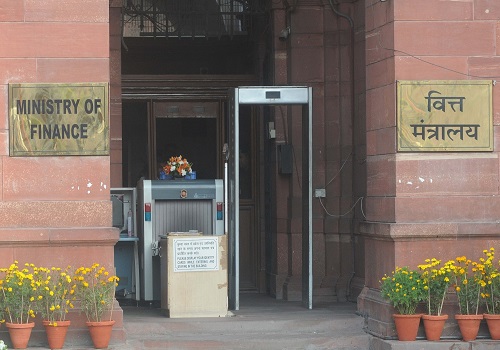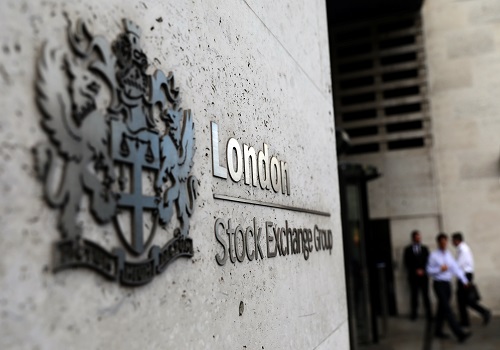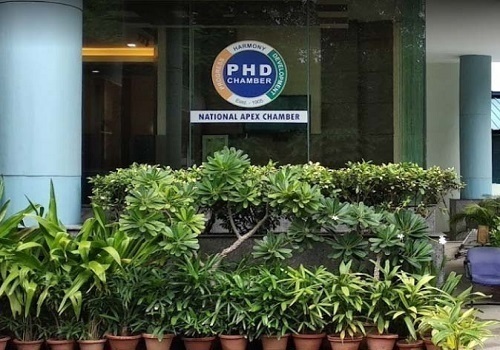Exposure to top 10 borrowers from Scheduled Commercial Banks is Rs 12,71,604 cr

Follow us Now on Telegram ! Get daily 10 - 12 important updates on Business, Finance and Investment. Join our Telegram Channel
The total exposure to top 10 borrowers from Scheduled Commercial Banks as reported in the Central Repository of Information on Large Credits (CRILC) database is Rs 12,71,604 crore, informed the Union Ministry of Finance in a written reply in the Lok Sabha on Monday.
A large part of this exposure is from Public Sector Banks amounting to Rs 8,10,941 crore and from Private Sector Banks it is Rs 3,70,973 crore.
As per inputs received from the RBI, in order to protect banks from risk, it has implemented large exposure framework which limits the exposures that a bank can take to a single counterparty and a group of connected counterparties to 20 per cent (extendable to 25 per cent by the Board of the bank under exceptional circumstances) and 25 per cent, respectively, of the eligible capital base of the bank, said the reply.
Also, as per the RBI guidelines, banks are required to have a clear policy regarding the Debt-Equity Ratio for project financing to ensure that promoters bring in equity funds proportionate to bank finance.
To address the concentration risk emanating from large exposure to banking system, the RBI has stipulated banks to maintain additional provisions of 3 percentage points and additional risk-weights of 75 percentage points over the applicable provision and risk-weights respectively, on the incremental exposures towards specified borrowers having overall aggregate sanction credit limit of Rs 10,000 crore.
The Ministry in its written reply informed that to protect financial institutions in case of default or payment delay by large borrowers, the RBI has taken multiple steps. A comprehensive framework has been put in place for early recognition and resolution of stress in the borrower accounts manifesting in payment default providing a principle-based framework for time-bound resolution of large borrowers. Delayed resolution is disincentivised in the form of additional provisioning on the financial institutions, it said.
Concrete steps have been taken in resolution of specific, large-value stressed accounts under the provisions of the Insolvency and Bankruptcy Code and minimum provisioning requirements have been prescribed for both standard advances and non-performing advances which are expected to mitigate the impact of default by large borrowers, on the financial health of the financial institutions, said the reply.
























